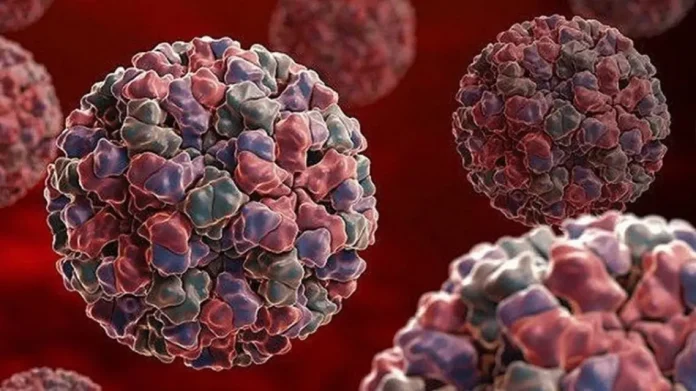Noroviruses cause approximately 685 million cases of the disease and 200,000 deaths worldwide each year
Noroviruses, sometimes referred to as “winter vomiting disease”, is the most common cause of gastroenteritis, or inflammation of the gastrointestinal tract, which, although not generally a dangerous disease, can be fatal under certain conditions.
Symptoms include diarrhea, vomiting, abdominal pain, muscle cramps, muscle aches, general malaise, weakness, headache, mild fever, and in some cases loss of taste.
The virus is usually transmitted through feces. The victim can be infected through food, water, or contact with a contaminated surface or person. Infected person’s vomit can also spread the virus through the air. An infected person usually shows signs of gastroenteritis 12 to 48 hours after exposure to the neurovirus.
Noroviruses prevention involves proper hand washing and disinfection of infected surfaces. There is no specific vaccine or treatment for this virus. Also, hand sanitizers, the main ingredient of which is alcohol, are not effective against neurovirus, as it is uncoated.
Treatment for neurovirus usually requires only care. Drinking enough fluids or injecting fluids into a vein is the most important of these. Liquid hydration solutions are the preferred liquid for treating neuroviruses, although other decaffeinated or alcoholic beverages may help.
The virus causes about 685 million cases of disease and 200,000 deaths worldwide each year. Neuroviruses are common in both developed and developing countries, and often target children under the age of five, with an estimated 50,000 deaths per year in developing countries.
Noroviruseses usually appear in the winter, and often spread contagiously to people living side by side. The virus is the cause of about half of all infectious diseases in the United States. The virus is named after Norwalk, Ohio, where the outbreak first occurred in 1968.

























































